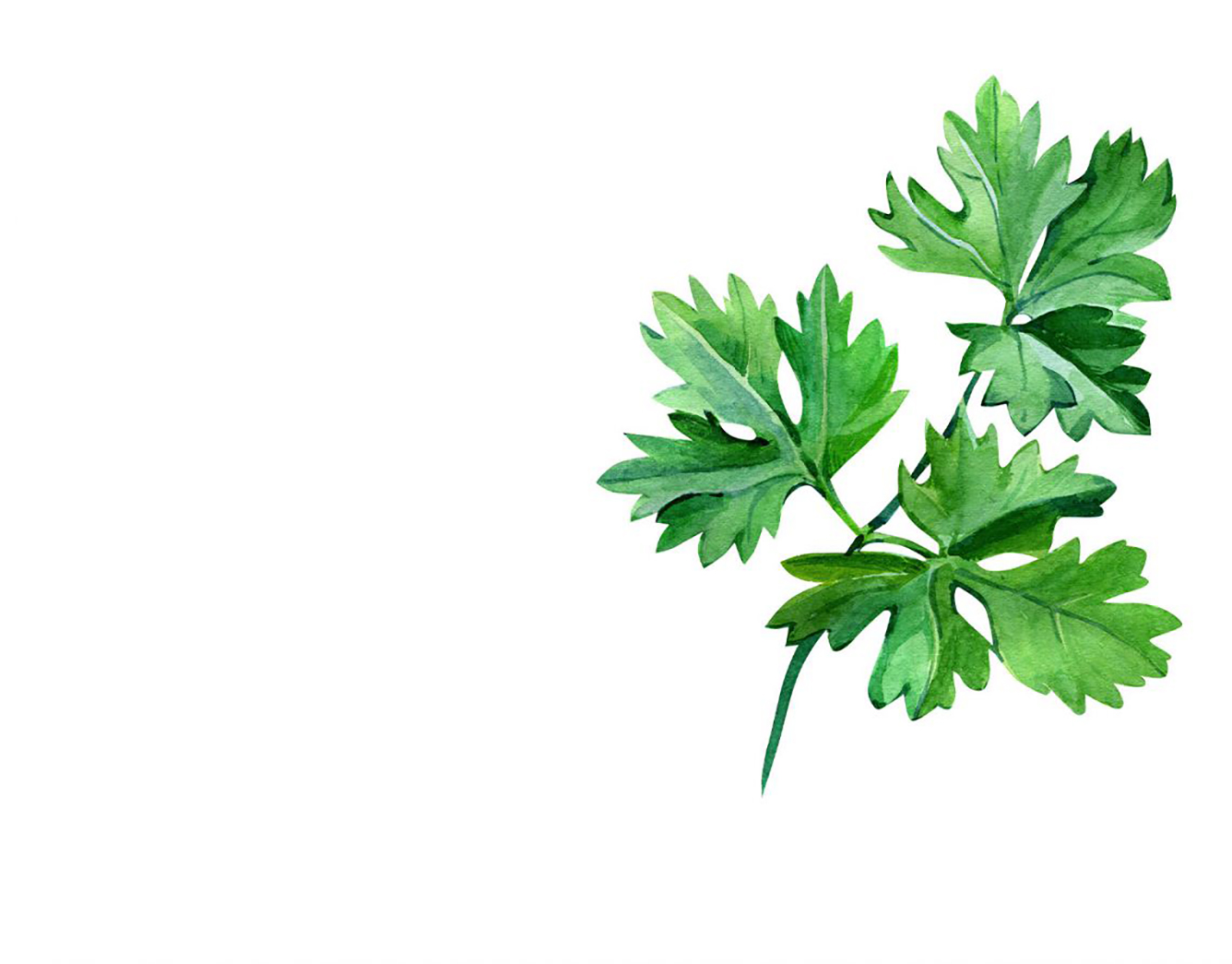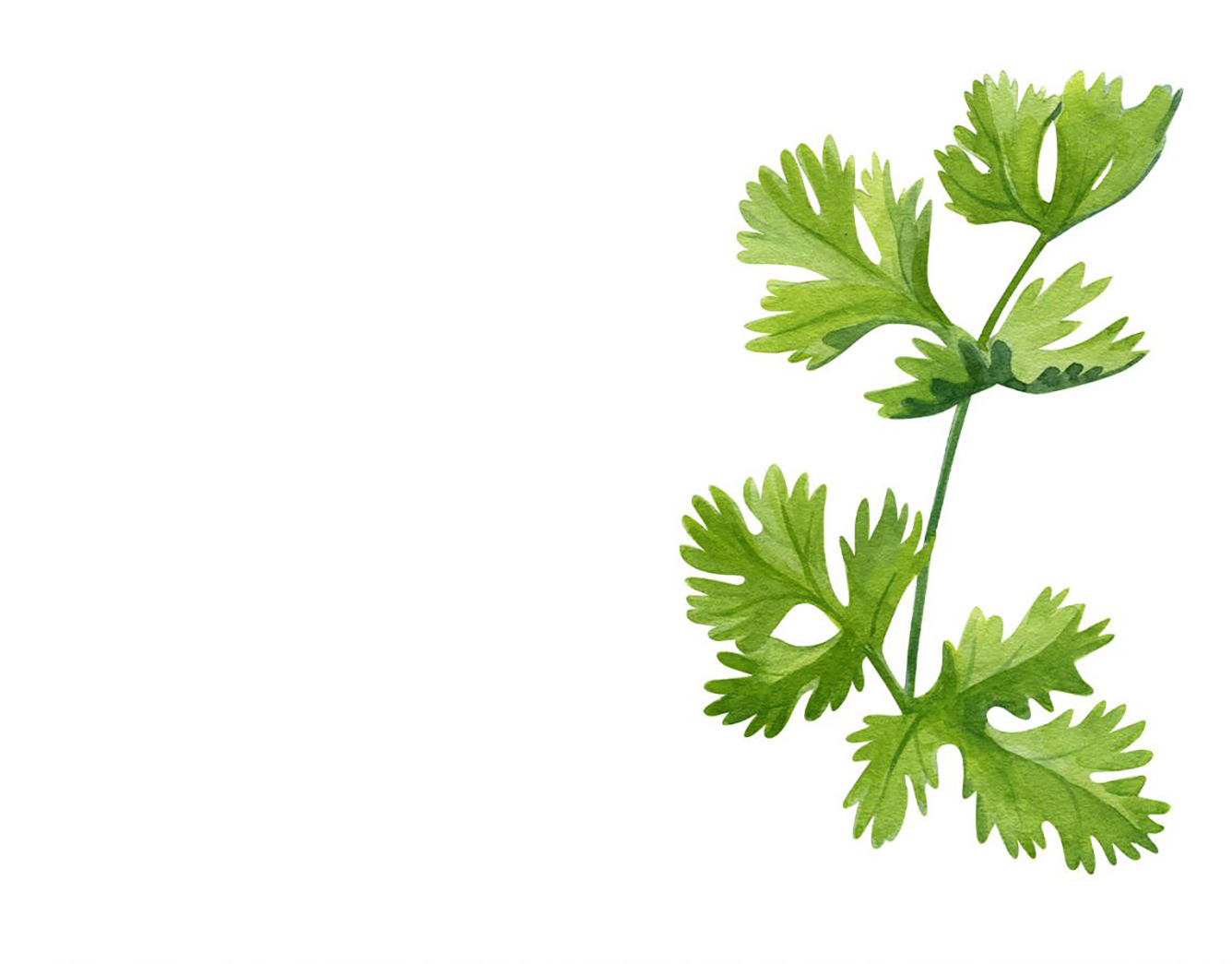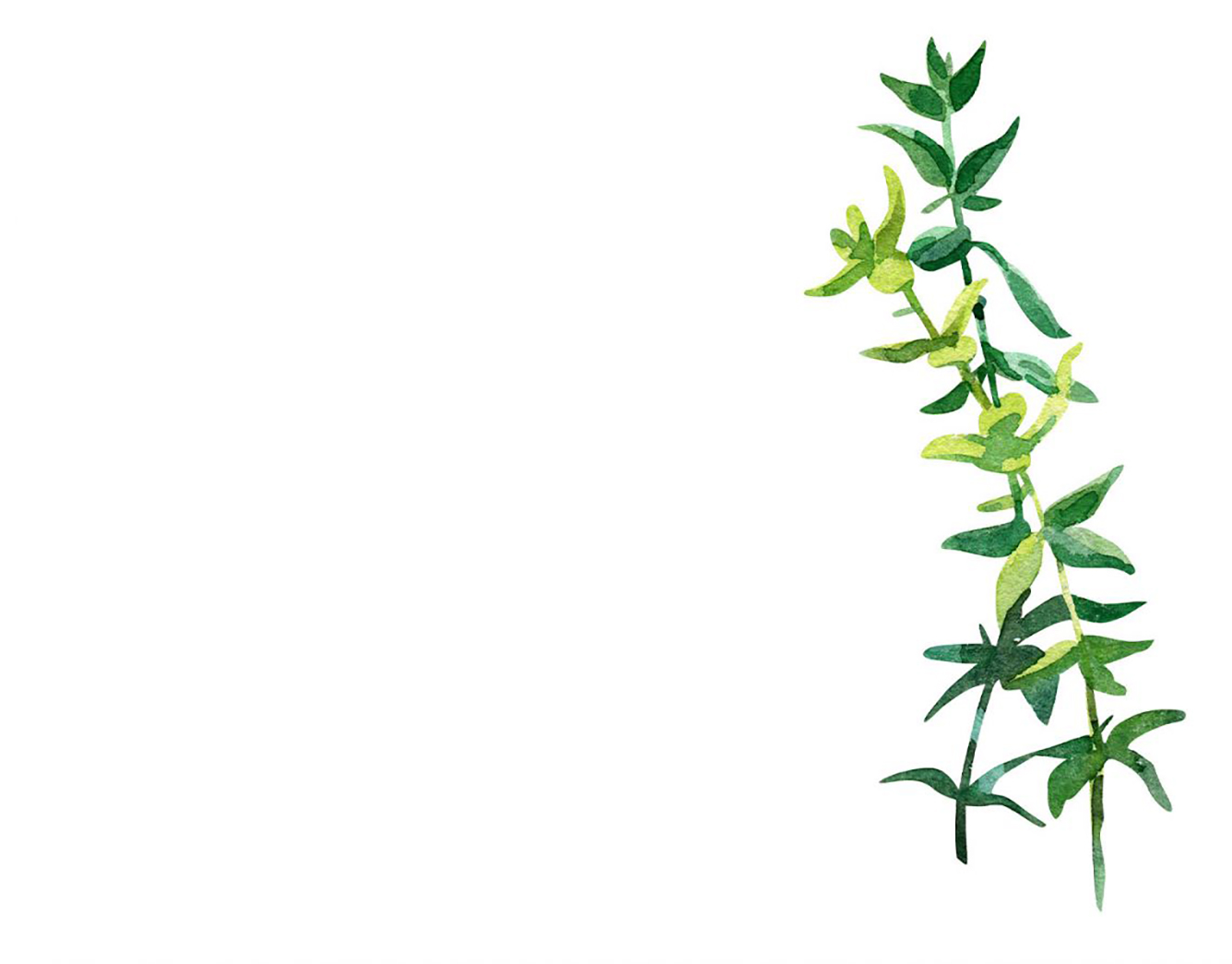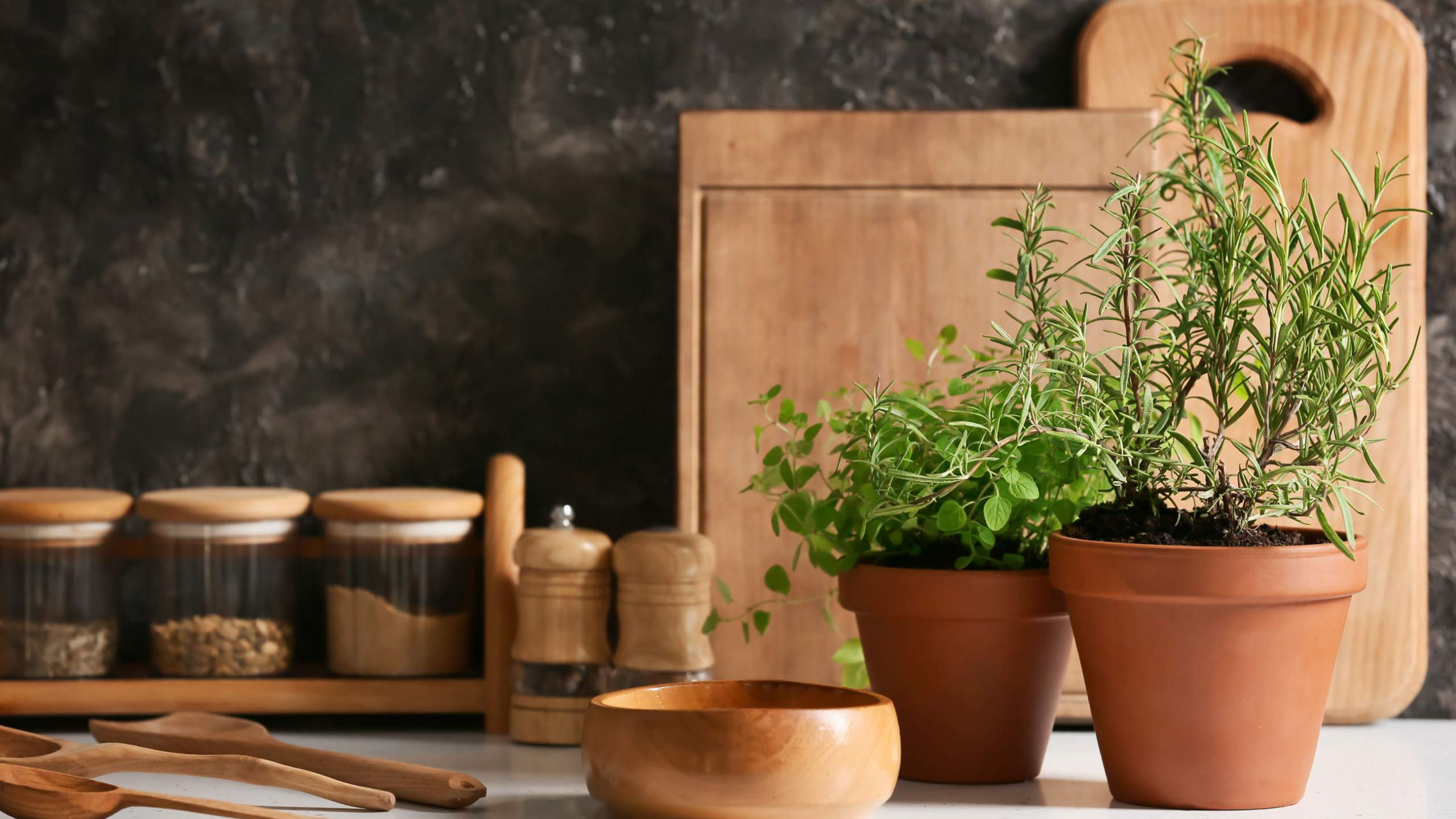Herb garden time
A herb garden seems like a distant reality for those who live in the city or have a busy schedule.It’s not easy, we know. Waking up, go to work, pick up your kids, day after day… It’s no surprise that dinner time isn’t particularly creative. Well, it is time to add more flavour to your life. Quite literally.
Check out our tips and learn how to create your own herb garden at home in no time. You’ll feel like a proper chef de cuisine.
How to plant your herbs?
Planting herbs is really, really easy. You just need a vase or a flowerpot with a bottom dish for drainage, a bit of soil and a spray bottle. If you aim to master the art of growing herbs – and actually have time to do so – you can also add some expanded clay pellets to the bottom of your vase: these are ideal to help drain the water. You can even use a piece of geotextile fabric, which helps to drain water while keeping all the nutrients in the plant roots. Don’t forget a hand towel and a small gardening fork: there is no need for getting your hands that dirty. Or you just get your hands dirty. Direct contact with the ground can work with a moment to relax from the day-to-day stress.
Then, get your plants or seeds ready, and follow our tips!
-
Choose the right planter or seedbed
Herbs have long roots, so they love deep vases and planters. To have a small vegetable garden at home, either in your balcony or by your windowsill, pick a long planter with drainage holes in the bottom and a drainage dish to collect the water. If you have a small back garden, a terrace or a patio, you can opt for a deep flower – or seedbed.
-
Water is life… up to a point
To avoid your plant roots from dying from excess water, cover the bottom of your planter with clay pebbles and a piece of geotextile. Make sure the soil is loose and without any clumps – use your handy gardening fork to tear those clumps apart. With a spray bottle, water your soil until moist but not drenched. Place your seeds in rows, designating different areas of your planter for different herbs. Finally, cover your seeds with a thin layer of soil – about half a centimetre – and spray again with water. Done!
-
Take a shortcut
Herbs take between one to six weeks to sprout, and about one to three months to grow those delicious leaves that fill your dishes with amazing flavours. If you just can’t wait for your fresh herbs from your vegetable garden at home – we get it – you can opt for buying potted herbs and just transfer them to your planter.
At Pingo Doce stores you can find a wide range of potted herbs, very easily transplanted.

- Scientific name: Petroselinum crispum
- When to plant: March to August
- Soil: damp
- Watering: regularly
- Light: inside, by window

- Scientific name: Ocimum basilicum
- When to plant: May to September
- Soil: damp
- Watering: regularly
- Light: inside, by window

- Scientific name: Coriandrum sativum
- When to plant: Spring and Summer
- Soil: damp
- Watering: regularly
- Light: inside, by window

- Scientific name: Thymus vulgaris
- When to plant: April to August
- Soil: well drained
- Watering: as needed
- Light: outside, part sun
To transplant herbs, follow these instructions: After filling your planter with soil up to 5 centimetres from the top and watering thoroughly until damp, dig small holes around 10 centimetres deep and space them in about 10 centimetres from each other. Take your plant from its container and bury the roots in the holes you just dug. Tuck your herbs in their new home by gently pressing the soil around the roots and lightly watering them – this way you ensure the soil adheres to the roots.
Plants in planter… then what?
These are some of the small steps you need to take in order to care for the plants that will give you fresh and delicious herbs:
- Do not drown your vegetable garden. Overwatering is one of the most common causes of death in plants – even more common than lack of water! Your soil must damp but never drenched.
- Protect your plants from the cold. Just like us, plants have more or less tolerance to low or high temperatures, frost or heavy rain. Herbs with soft and thin leaves must be protected if outside; if inside, place them by a window where they can have some hours of sun each day.
- Some plants like direct light, some are too delicate. Thyme and rosemary can stand both heat and cold, but more delicate herbs, like parsley, cilantro and basil, prefer to be shielded from strong direct sunlight.
- To promote root and plant growth, try using eggshells and coffee grounds as a natural fertiliser for your vegetable garden at home.
With fresh herbs in a vegetable garden at home you can give your recipes a tasty twist, add flavour to salads, cocktails or even make summer slushies more fun.
